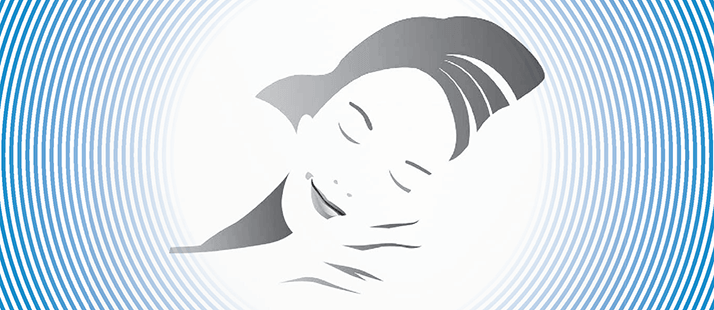
Intraocular pressure (IOP) is affected by both posture and circadian rhythm – with peak IOPs achieved at night when people are both supine and sleeping. Accordingly, nocturnal IOP control is an important part of glaucoma management, yet some topical glaucoma medications like brimonidine tartrate and timolol maleate fail to significantly reduce nighttime IOP. A drug that can control IOP when patients are sleeping (and therefore not administering eyedrops) would certainly be worth having.
A good target to hit is RhoA and its activator, RhoA kinase (ROCK). RhoA regulates multiple cytoskeletal-dependent cell functions in the trabecular meshwork (TM) and elsewhere in the eye, and its expression is upregulated in glaucomatous eyes. The small molecule ROCK inhibitor, Y-27632, has (in rabbits) been shown to inhibit TM contraction, and increase both Schlemm canal cell permeability and fluid outflow. Using gene therapy as a method of ROCK inhibition might be one way of providing long-lasting – or even permanent – method IOP reduction that works in the night. A team from the University of North Carolina took this approach. Using an adeno-associated virus (AAV), vector, they managed to express a dominant-negative form of RhoA in both cultured human TM cells and the eyes of male Wistar rats following intracameral injection of the plasmid (1). Immunohistological assessment of the scAAV2.dnRhoA-transfected human TM cells and untransfected controls after 72 hours of culture showed that the RhoA-inhibited cells displayed fewer actin stress fibers (which are upregulated during cell motility and cell adhesion) than control TM cells. Evaluation of the rat eyes showed that just one intracameral injection of scAAV2.dnRhoA prevented nocturnal (but apparently not diurnal) IOP elevation for at least a 4-week period. It could form the basis of an effective, long-term intervention to prevent nocturnal IOP elevation in patients with glaucoma.
References
- T. Borrás, L.K. Buie, M.G. Spiga et al., “Prevention of nocturnal elevation of intraocular pressure by gene transfer of dominant-negative RhoA in rats”, JAMA Ophthalmol., Epub ahead of print, (2014). doi: 10.1001/jamaophthalmol.2014.4747.
